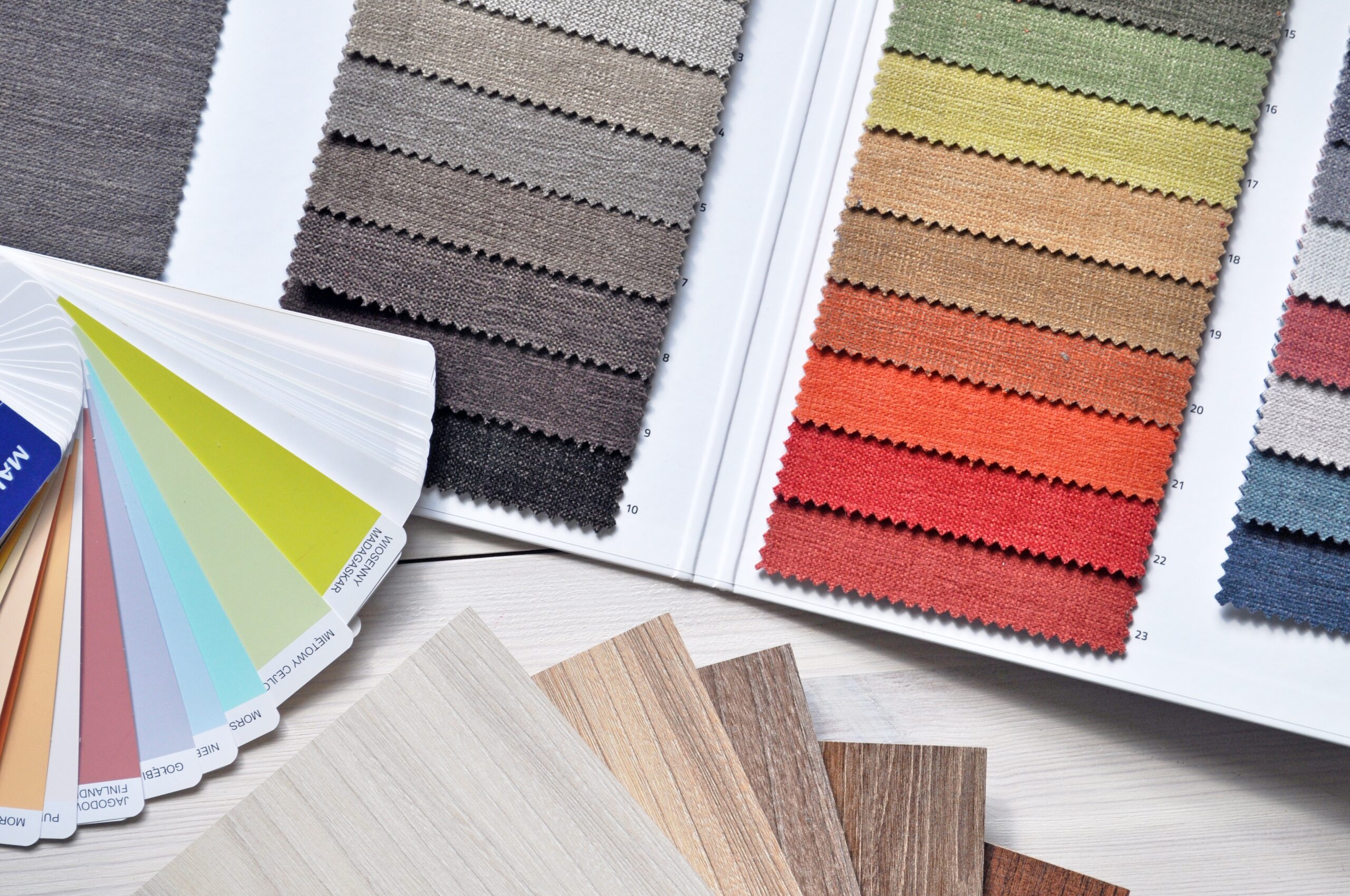Decorating your home can be a delightful journey, especially when you understand the magic of color theory. For anyone looking to refresh their living spaces, color theory offers a practical and creative approach to achieving harmony and beauty in your home. Let’s dive into how you can use color theory to enhance your home decor.

What is Color Theory?
Color theory is the science and art of using color. It explains how colors interact, how they can be combined, and the effects they have on our emotions and perceptions. The foundation of color theory is the color wheel, which organizes colors in a way that shows their relationships.

The Basics of the Color Wheel
The color wheel is divided into primary, secondary, and tertiary colors:
Primary Colors
Red, blue, and yellow. These colors cannot be created by mixing other colors.
Secondary Colors
Green, orange, and purple. These are created by mixing two primary colors.
Tertiary Colors
These are combinations of primary and secondary colors, such as red-orange or blue-green.

Understanding Hues, Tints, Shades, and Tones
Hues
These are the pure colors found on the color wheel. They are the base colors from which all other colors are derived.
Tints
These are created by adding white to a hue, making it lighter. Tints are often used to create a softer, more delicate look.
Shades
These are created by adding black to a hue, making it darker. Shades can add depth and richness to a room.
Tones
These are created by adding gray to a hue, which can either lighten or darken the color. Tones are useful for creating more complex and sophisticated color schemes.
How Color Theory Helps in Home Decoration
Creating Harmony
Using the color wheel, you can create harmonious color schemes that make your home feel cohesive and balanced. For example, complementary colors (colors opposite each other on the wheel) like blue and orange can create a vibrant look, while analogous colors (colors next to each other on the wheel) like blue and green offer a more serene feel. Check this post with color palette ideas for different rooms.
Setting the Mood
Colors have a profound impact on our emotions. Warm colors like red, yellow, and orange can make a room feel cozy and inviting, perfect for living rooms or dining areas. Cool colors like blue, green, and purple are calming and ideal for bedrooms or bathrooms.
Highlighting Features
Use color to draw attention to architectural features or favorite pieces of furniture. A bold accent wall or a brightly colored piece of art can become a focal point in your room.
Balancing Space
Light colors can make a small room feel larger and more open, while dark colors can make a large room feel more intimate and cozy. This is especially useful if you’re looking to create a specific atmosphere in different parts of your home.

Practical Tips for Using Color Theory
Start with a Base Color
Choose a base color that you love and build your palette around it. This could be a neutral shade like beige or gray, or a more vibrant color like teal or mustard if you are brave and can commit to one of those.
Use the 60-30-10 Rule
This classic interior design rule suggests that 60% of the room should be a dominant color, 30% a secondary color, and 10% an accent color. This helps create a balanced and visually appealing space.
Test Before You Commit
Always test paint colors on your walls before committing. Colors can look different depending on the lighting and other elements in the room. Consider the following pro tips:
Paint directly on the wall to see how it looks in the actual space.
Paint a large area (at least 3×3) to get a better sense of the color.
Use two coats to ensure accurate representation.
Test on multiple walls to see how it looks in different lighting conditions and throghout the day.
Use primer if painting over bold colors.
Accessorize with Color
If you’re not ready to commit to bold wall colors, use accessories like cushions, rugs, and curtains to introduce color into your space.
Understanding and applying these home decoration tips can transform your home into a beautiful, harmonious sanctuary. Whether you are looking to create a cozy retreat or a vibrant gathering space, the right colors can make all the difference. So, embrace the power of color and start your decorating journey today!
Happy decorating!
If you like this post, make sure to follow me on Pinterest for more by clicking below.
Thank you! 🙂
Aline Esberard



This post on color theory was a game-changer for me! It breaks down how to mix colors in a way that feels both stylish and personal.
The tips are so easy to apply, especially the 60-30-10 rule, which helps with balancing a space.
Thank you Fran! I’m happy the post helped you. <3